Technology is changing the way we work. To keep up with remote employees, traditional companies merge into a blended model where some employees return to the workplace, and others continue working from home. This hybrid work culture has allowed more job opportunities and gives people an option of when and how they commute.
This year, teams have become more siloed due to technology, like digital exhaustion, which must be addressed in time before it becomes too much for everyone involved.
What will it be like in the future? Read on and explore how the year 2020 created lasting changes to our way of working and 7 trends that will shape what’s coming next for hybrid workers across all industries.
- Flexible work is Future
Employees want the best of both worlds: let’s have a look at some data to understand this in detail,
- Over 70% of workers want flexible remote work options to continue,
- Over 65% are craving more in-person time with their teams.
Sixty-six percent of business decision-makers are considering redesigning physical spaces to accommodate better hybrid work environments. This means that the post-pandemic workplace will be filled with extreme flexibility and more than one workspace at any given time.
The data is clear: we’re moving away from cubicles toward something much different for our workplaces as millennials continue taking over the workforce and technology continues evolving even further.
- Leaders must get in touch with their employees
It seems that business leaders are doing better than their employees. 61% of bosses said they feel like “thriving” right now, which is 23 % higher than those without decision-making authority.
In an interesting turn of events, women are more likely to feel that their companies ask too much from them in the current economic climate. While male business leaders were also struggling over the past year with information work and being farther along in their careers, Gen Z workers reported struggling the most when asked about this topic.
- Productivity has increased but so does stress
After a year of minimal change in self-assessed productivity, employees are feeling the toll. One out of five survey respondents reported that their employer doesn’t care about work-life balance, and 54% feel overworked. 39% say they’re exhausted as well, with trillions of digital signals quantifying just how drained workers have become.
The barrage of unstructured and mostly unscheduled communications can be overwhelming for some employees. Despite the increased pressure, 50% percent of the people respond to Team chats within five minutes or less, which is a response time that has not changed year-over-year. The intensity in our workday proves how much more we are expected to do during this time frame than before!
- Gen Z is at risk and will need to be revived
This generation is more likely to be single and early in their careers, making them feel the impacts of isolation, struggle with motivation at work, or lack the financial means for proper workplaces. Gen Z also reports difficulties feeling engaged or excited about work and not being able to get a word in during meetings.
- Shrinking networks are jeopardizing innovation
It’s a little-known fact that the pandemic has affected how people interact at work. In short, companies have become more siloed than before, and this is happening because employees are interacting less with their close networks as time goes by.
The most successful companies of the future will have to find a balance between in-person and remote work. With more people working remotely, teams are becoming siloed because there is less social capital that builds cross-team collaboration, driving workplace innovation for decades. It’s important that leaders look for ways to foster this type of environment to stay ahead when it comes to their company’s success rate.
- Authenticity will drive productivity and well-being
What would you say if I told you that work is the new happy hour? It turns out people feel more comfortable being themselves at their jobs. 39% of them are more likely to be authentic and 31% less embarrassed when bringing home life into work these days. People who interact closely with coworkers also have stronger relationships in both areas! In fact, not only do we experience higher productivity but better well-being as well!
- Talent is omnipresent in a hybrid work world
Remote work has increased the talent market by allowing people to be located anywhere. In fact, remote job postings have increased more than five times since the pandemic hit, and that is not all! Forty-six percent of those surveyed are planning on moving this year because they can now log in from home or a new location thanks to their newfound ability for remote working.
With employees no longer being limited by geographical location and time zones, this will change how we see talent as a whole because not all skills or experience can be quantified with credentials but only through what you do best: your job!
The way forward:
With so much change upending people over the past year, employees are reevaluating priorities and their lives. This means that more people will be considering whether they want to stay in or leave your company.
This is how you can move further:
- Create a plan to empower people for utmost flexibility
- Invest in space and technology to bridge the physical and digital worlds
- Battle digital exhaustion from the top
- Prioritize restoring social capital and culture
- Rethink employee experience to compete for the best and most diverse talent
The way we approach this next phase of work – embracing the positives while learning from challenges-will impacts who stays with us for long-term success vs. leaving early due to a lack of networking opportunities or career advancement possibilities, among other reasons.

